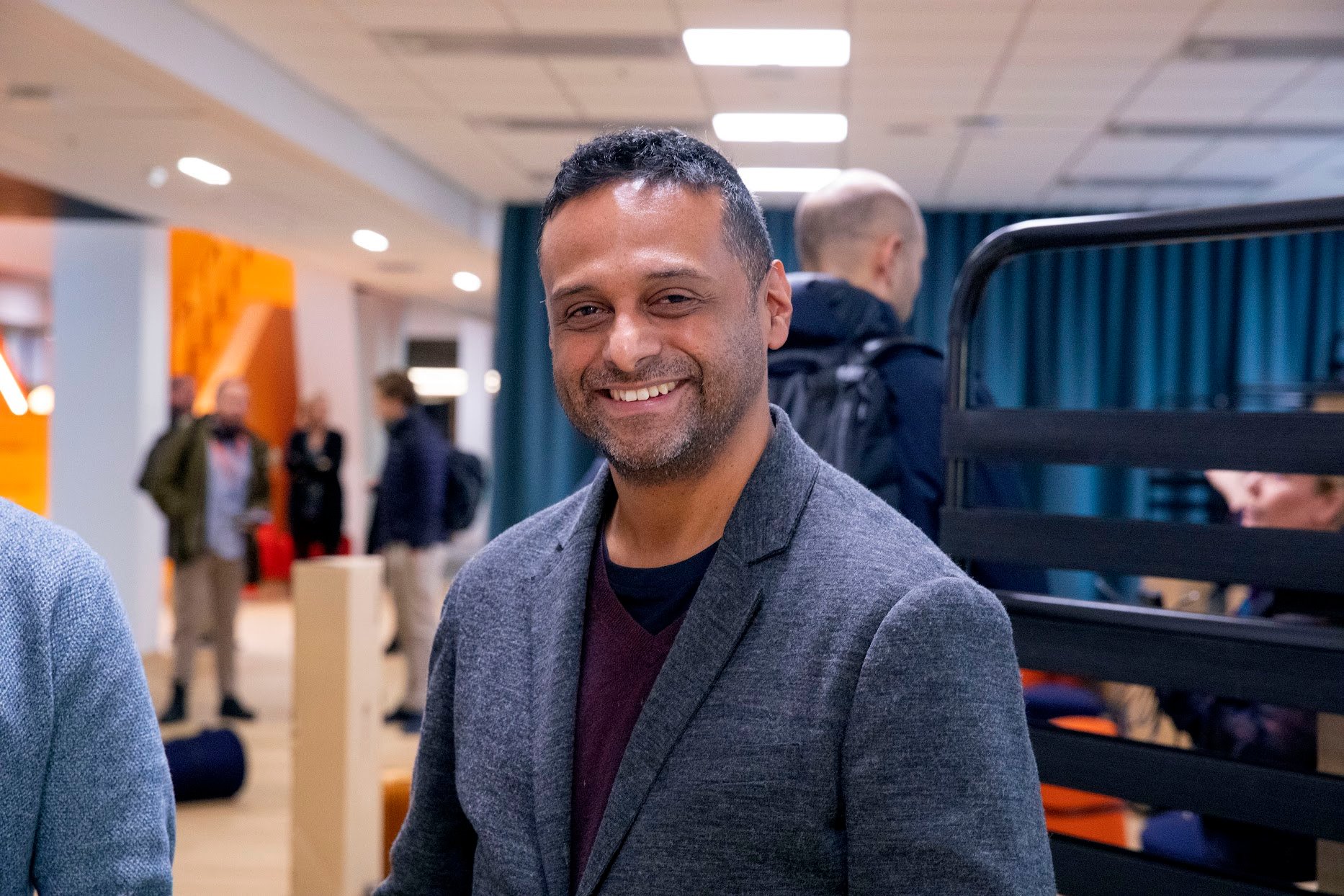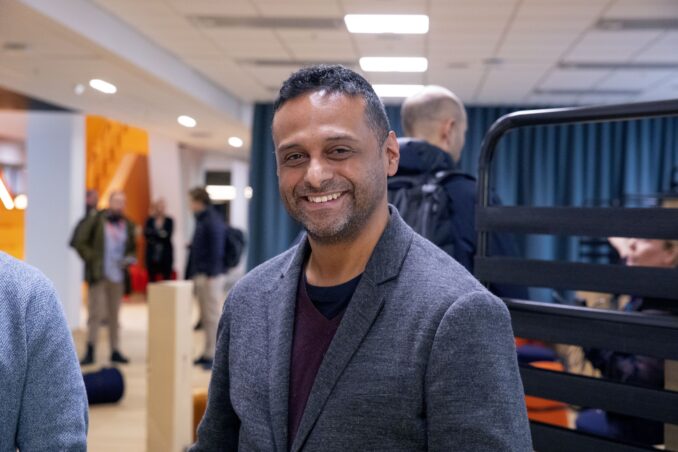
About Visualyst
- Founders: Miguel Silva and Mustafa Adam
- Founded in: 2019
- Employees: 6
- Money raised: 560,000 euros
- Ultimate goal: to help companies efficiently process videos for safe viewing
Reviewing audio and visual content in video to make sure it conforms with a country’s or a platform’s regulatory compliance is a lengthy and complex process. It’s a task usually done manually by small armies of editorial teams and takes a lot of time and repeated watching to get it right. In this installment of Start-up Of The Day, founder Miguel Silva speaks with Innovation Origins on how Visualyst stepped in to help these teams work faster than ever before.
What can Visualyst do?
The startup is all about increasing efficiency in the video broadcast and streaming space. Or really any type of video distribution platform out there. More and more video is getting produced around the world which is meant to be distributed and consumed globally. Usually, this has to go through some sort of moderation where a person reviews the video and decides whether it breaches any type of regulation. This takes lots of time. We digitized this process and made it very efficient. We use technology such as artificial intelligence (AI) to crawl the video and detect things that may be problematic. Then it brings it to the attention of human moderators allowing them to make quicker decisions. We save organizations a lot of time and money.
What’s the advantage of using Visualyst?
It depends on the complexity of the video, but Visualyst takes anywhere between 10 to 30 minutes to crawl every hour of video. Organizations usually have teams reviewing videos, spending between 2 and 5 hours checking every 1 hour of video programming. More importantly, everything that happens afterward is a lot quicker as well, because we offer cloud collaboration. Human moderators can very quickly collaborate and assign different events to one another, tag each other, and include comments in a Google Doc-style of collaboration. They can then make very quick decisions about whether a piece of content is ready to go or not. Visualyst helps teams get to market quicker with content. This eliminates the very long backlog of videos that they need to review, which is the case today. There is also a growing need for organizations to keep up not only with regulations but also with their editorial side. This involves the question: What kind of content do you want to be associated with your brand?

Does Visualyst work?
We’re not looking at replacing review teams, but we’re looking at giving them a super tool so that they can be a lot more efficient. And if you manage to bring 35 to 50% efficiency to the process, which is what we’re aiming to do, then you’re potentially saving some companies half a million dollars a year. We kind of have a transactional cost. We charge you per minute of video that we review or every hour of video that we review. So it depends very much on the volumes that you have. If you have small volumes, you pay less than if you have, you know, hundreds of thousands of hours of programming that you need to review. We needed to find a way to scale and be relevant to very small vocational users all the way up to the very large volume users. As part of an EU-funded project, we also developed a model that specifically looks for personal information in a video. Another thing that we developed is the ability to find any type of text in the background that is insulting or is hate speech – think about graffiti that may be on the wall in the background or T-shirts that may have a hate symbol. These are things that are very easy for a compliance manager or an editor to miss. In those projects, we can actually bring the AI’s efficiency level to 35% more than that of the human eye.
How do I use Visualyst?
The product is already commercially available. As a user, you log into Visualyst.co and create an account. You can then create a workspace to which you can also invite collaborators. In that workspace, you can create a digital policy, for example scrutinizing videos for child-friendliness. Such a child-friendly policy will detect instances of alcohol, excessive violence, hate symbols, and things like that. So you select from a large menu of instances to flag and include them in your policy. Today you need to create your own policies but over time we will be building a repository of pre-made policies. The next step involves uploading the video. Visualyst then analyses the video according to your policy. This process can also be automated so you can ask the system to fetch your videos every Friday, analyze them according to this policy, and have the results ready for my team to go on Monday morning. From there, the team sees a nice interface where they can play the video and see an outline of every detection encountered by category. We give them a timeline that they can scroll back and forth. Once they’re done they click a button and export the data onto a video editing tool so that they can make the necessary edits. A report is also produced. We think that software should be very intuitive. If in this day and age, users of your cloud software need a user manual, we believe that then you’ve missed the mark.
Which idea sparked the creation of Visualyst?
The founders are people with a background in broadcasting. I was working for the largest commercial broadcaster in Norway. It’s a very innovative broadcaster that usually develops a lot of technology and I was selling some of those platforms to other broadcasters around the world. I was certainly talking to a lot of different broadcasters over the past 10 years and I started to realize that the technology was the easier part to solve. The biggest challenge was always a matter of waiting for the content to be approved. And we started digging a bit into that. I’m sure people notice that movies get released one day in the US and then many months later, they see it in another country. A lot of that has to do with compliance and backlogs that are quite problematic in the industry.








